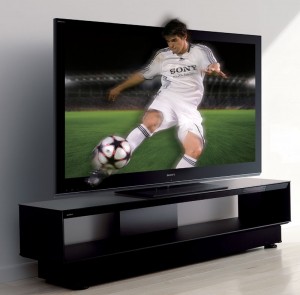 Not just a marketing gimmick or propaganda as many people confer, 3D TV is shaping the viewing experience, providing depth to the entertainment you never owned as well. Modern new 3d TV are way better than the older generations released back before 2010. Current generation 3d TV provide full HD resolution, color-correct, distortion free watching experience using sophisticated methods instead of the old anaglyph method. But still, 3D TV is not widely adopted by the mainstream consumer race, not because they don’t want it, but because 3d content is not readily available and the worries of wearing 3d glasses to perceive 3d content. Although, cable operators, tv channels may not be willing to bank on investments to spread 3D unless mainstream adoption follows (In India, even HD channels are a few so don’t expect tv channels offering 3d content any sooner – although times changes – so who knows – how fast! ), yet this has not deterred Gaming industry from trying their hands-on with 3d Gaming. 3D gaming is the prospective token of adoption of 3D TV and is gradually scraping new figures of success on its part. This article is part of our TV Buying guide where we have already discussed lcd vs led vs plasma tv comparison and TV size calculator.
Not just a marketing gimmick or propaganda as many people confer, 3D TV is shaping the viewing experience, providing depth to the entertainment you never owned as well. Modern new 3d TV are way better than the older generations released back before 2010. Current generation 3d TV provide full HD resolution, color-correct, distortion free watching experience using sophisticated methods instead of the old anaglyph method. But still, 3D TV is not widely adopted by the mainstream consumer race, not because they don’t want it, but because 3d content is not readily available and the worries of wearing 3d glasses to perceive 3d content. Although, cable operators, tv channels may not be willing to bank on investments to spread 3D unless mainstream adoption follows (In India, even HD channels are a few so don’t expect tv channels offering 3d content any sooner – although times changes – so who knows – how fast! ), yet this has not deterred Gaming industry from trying their hands-on with 3d Gaming. 3D gaming is the prospective token of adoption of 3D TV and is gradually scraping new figures of success on its part. This article is part of our TV Buying guide where we have already discussed lcd vs led vs plasma tv comparison and TV size calculator.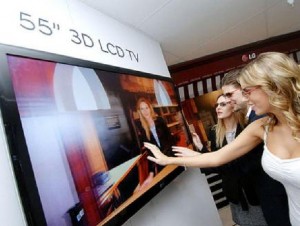
Sticking to the main topic of this guide, when a customer wants to buy a new big LCD or LED or Plasma TV, one of the questions that often result in fuzzy conclusions is – Whether I should buy 3D TV or not? – And this question figments into several other related questions which add to the confusing dilemma as whether or not to. So, to make this 3D TV buying guide more answerable and definitive to your confusions, the author presents it in question-answer format or say FAQ manner. Pick your questions, get their answers, reach to manifest conclusion and go ahead with your researched purchase of new HD TV.
Table of Contents
What is 3D TV?
3D TV are like normal HD TV with compatibility and support for 3d content. They can be plasma tv, LCD tv, or LED TV. Most often, you’ll see 3d LED TV in market. Generally, 3D is appreciable for big screens and therefore, 3D feature support is provided in HDTV of screen size, either 32 inch or larger (In case of computer monitors, we can get 3D monitors of 21,23 or 27 inch screens). Wondering How 3d tv works ? 3D TV display two images of the same scene at the same time, one to the left eye and the other one to the right eye, and it is our brain which perceive both the images as single 3d image. 3D is actually illusion here which works on the theory of stereopsis. The depth which we perceive in 3D is not real depth but optical illusion created by this technique and that’s why we need 3D glasses to perceive such content because without such glasses, the two images will look intermixed, fluffy and not easy to watch.
Types of 3D TV : Active 3D vs Passive 3D ?
The debate, on whether Active 3d is better or passive 3d, never takes lesser toil on the part of experts. It has rather now become a matter of personal taste and preference. Both the types of 3D TV use different technology and the main disparity between them comes to 3D galsses used. Active 3D Glasses use Liquid Crystal shutters whereas passive 3d glasses use polarizing lens. Passive 3d Glasses are 8-10 times cheaper than active 3d glasses. Moreover, Active 3d Glasses require rechargeable batteries to run. In 3D cinema Halls, we get the edge of passive 3d. The bandwagon of passive 3d is mainly led by LG and hence, it touts its 3D TV as LG Cinema 3D. Manufacturers like Sony, Samsung produce Active 3D TVs.
| Passive 3D TV | Active 3D TV |
| Passive 3D Glasses are 8-10 times cheaper | Costlier (60$ to 200 $ | Rs.4000-12,000) |
| Passive 3D Glasses are easy to wear, comfortable | Contains rechargeable battery, heavier |
| Such glasses are universal, one brand glass compatible with different brand TV generally. | Proprietary 3d glasses here, Samsung 3d active glasses may not work well on Sony and vice versa. |
| Glasses are Flicker-free even during other work | Produces flicker-effect when doing other work |
| Brighter 3d image, less crosstalk | Close to passive 3d in brightness, similar crosstalk issues |
| Irregular edge and line structures noticed | No such issues generally |
| Normal viewing angles (in case of 3d content) | Wider viewing angles than passive 3d |
| Resolution loss (Ex – 1920*540) | Full HD Resolution (1920*1080) |
| Manufacturers – LG, Vizio… | Samsung, Sony… |
So, which one is better? As I said earlier, it depends. Passive 3D can be watched for longer duration in comparison to Active 3D but if you sit close to your passive 3D TV, you may not enjoy the experience. Furthermore, If you’re after Full HD 3D, active 3d is your choice for now (But remember, technology advances even when you’re asleep. Soon passive 3d TVs will be able to support full HD resolution as well, and more manufacturers will embrace it if it really tucked on promisingly well).
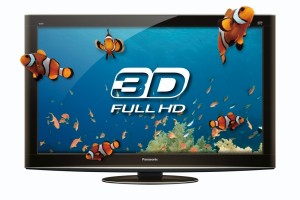 We won’t further talk about the tech behind 3D technology, although, there are lots of things to talk about like – How glasses-free 3d TV work, what are the limitations, etc and etc. Instead, focusing straight on our 3d tv buying guide, let us answer some of the commonly asked questions below :
We won’t further talk about the tech behind 3D technology, although, there are lots of things to talk about like – How glasses-free 3d TV work, what are the limitations, etc and etc. Instead, focusing straight on our 3d tv buying guide, let us answer some of the commonly asked questions below :
1. Do I need a 3d TV ?
If you’re asking this question, this means, you want it, you want to experience what 3d is like on TV. All you need is a reason strong enough to counter your budget-related limits. Although, 3D content is not easily available everywhere but the scene is changing. With time, movies are being made specifically in 3D. Gamers are thrusting the demand for 3D. Broadcasting tv channels are planning to embrace 3D. It is not just about need. It is about feature. So, if you have money – buy 3D compatible TV. If you are damn sure that you’re not going to watch 3D movies on your TV or you’ll be watching it very occasionally even during few years of upcoming, then don’t invest in buying 3d tv. Just visit your nearest 3d cinema halls for occasional 3d experience.
2. I bought a 3D TV, what else is required to watch movies in 3d ?
Beside 3D TV, you should have 3D glasses, 3d content source i.e. 3d blu-ray players or other sources (like pc with 3d graphics card), 3d content (movies in 3d either via streaming on TV or in form of blu-ray disks).
3. Do I need to wear 3d Glasses ?
Yes, you need to, otherwise you’ll see distorted, double, intermixed, unwatchable scenes.
4. Aren’t there such 3d tv without glasses ?
Yes, there are. But such glasses-free 3d-tv have not yet captured mainstream development and implementation. Furthermore, they are expensive. The technology i.e. auto-stereoscopic 3d has yet to mature.
5. Is 3D TV costly ?
Yes, The difference between price of normal HD TV and 3D HD TV is around 30-40% .
6. Does 3d causes headaches, eye fatigue ?
Yes, they can. It varies from person to person. Such problems can be attributed to the quality of 3d-content also.
7. Can a 3d TV play normal content i.e. 2d content ?
Of course, they certainly can. 3D is just an additional feature. It doesn’t affect 2D quality in any negative way.
If you’ve any more questions and confusions related to 3d TV, we welcome you to put your queries in the comments below. Rest assured, we answer asap.
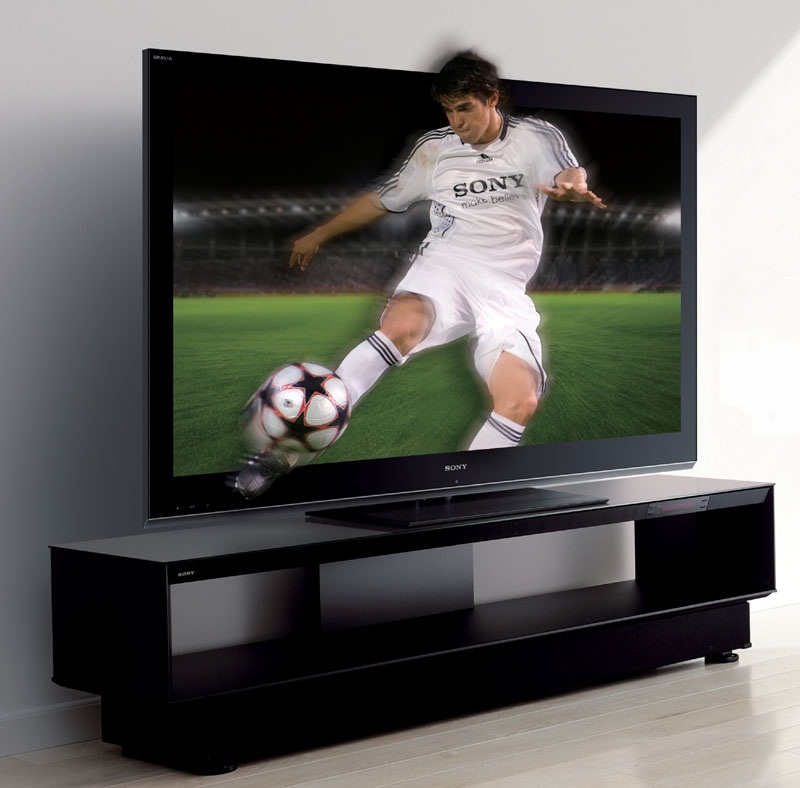
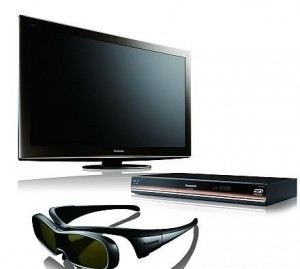


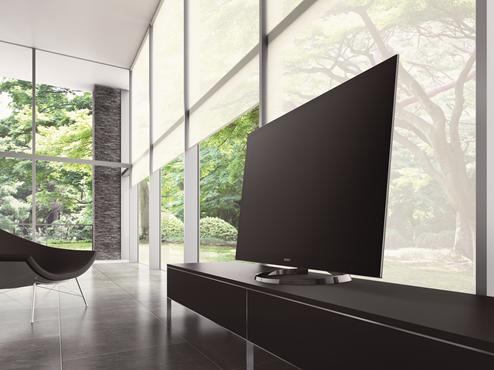

3 comments